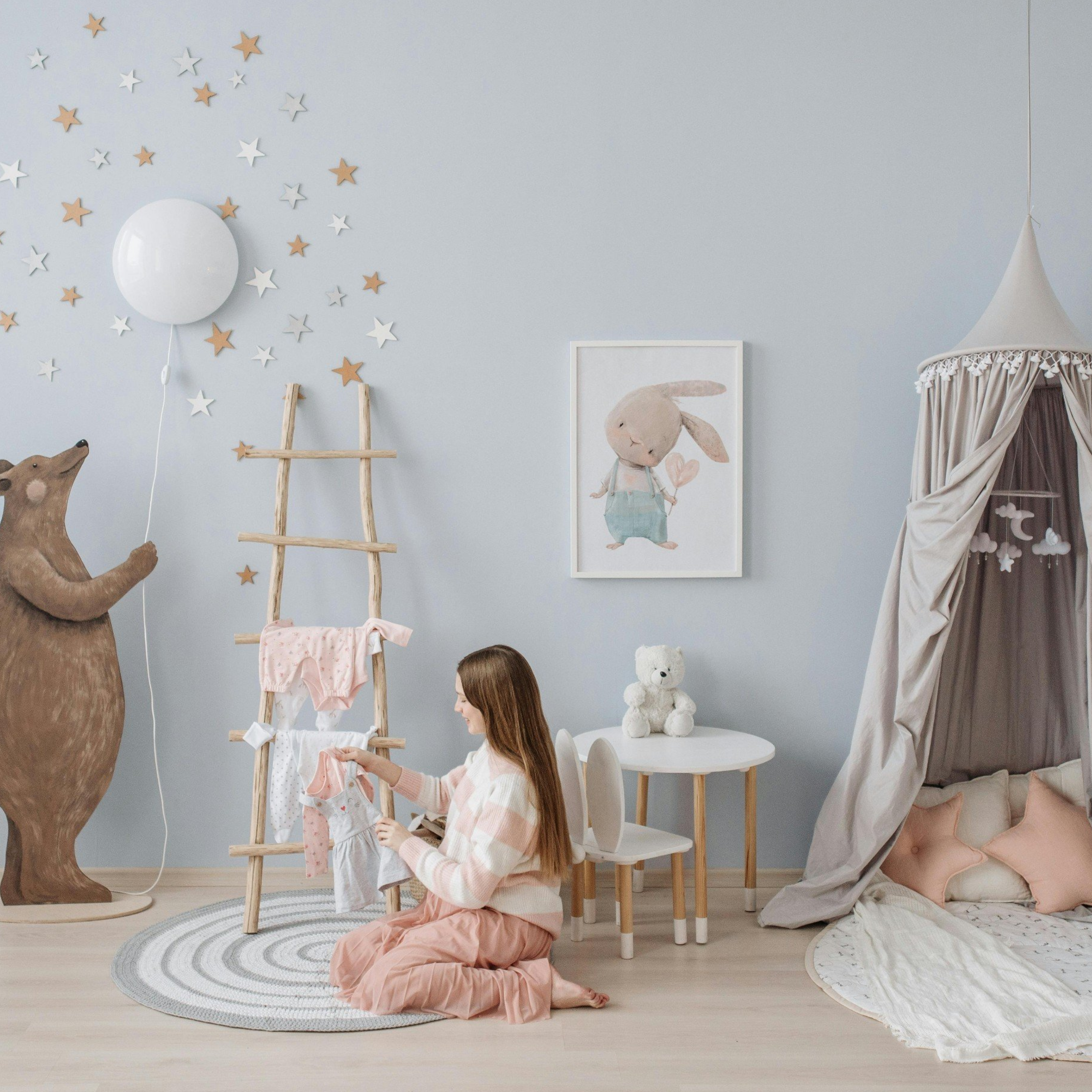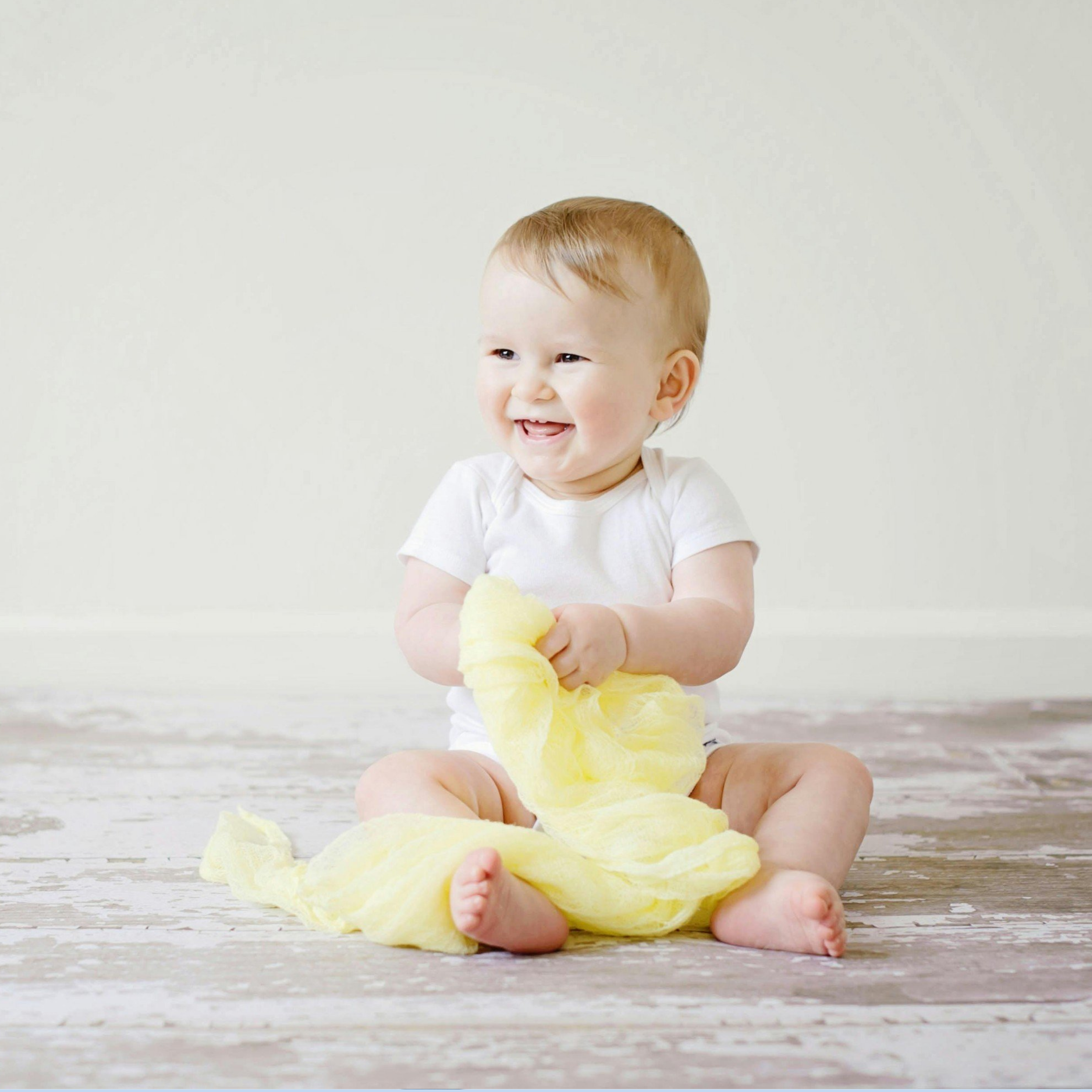
Exploring the World of Nursery Art: A Guide for Parents
Nursery art plays a vital role in shaping the environment of a child's early years. It is not merely decorative but serves as a tool for stimulation, education, and emotional comfort. Let's delve into the significance of nursery art, explores the various styles and themes, and offers tips for selecting and displaying artwork in your child's space.
Popular Styles and Themes of Nursery Art
Classic and Minimalist Nursery Art: For a more subdued approach, classic or minimalist art can create a calming environment. These pieces often use simple shapes and muted colors to blend seamlessly with various nursery designs.

Educational Nursery Art: Artwork that includes alphabet letters, numbers, or world maps can serve as educational tools. These pieces often combine aesthetics with learning opportunities, helping children become familiar with important concepts in an engaging way.

Animal Nursery Art: What kid doesn't love animals?! Whether its a cute panda or a ferocious lion, animal art is a safe bet for both girl and boy babies.

Botanical Nursery Art: Nature-themed art, including illustrations of flowers and leaves can connect children with the natural world. It also provides opportunities to discuss various aspects of nature.

Space Themed Nursery Art: Opt for celestial objects like stars, comets and planets and other elements of the cosmos and you've got yourself the coolest nursery art ever! This is also a great way to teach your little one about all about our galaxy and outer space.

Functional Nursery Art: You could even incorporate your nursery art into something a little more functional like a height chart!

Customized Nursery Art: You could get a one-of-a-kind art piece that is totally customized to your liking, complete with your kid's name on it!
DIY Nursery Art: For a truly customized art piece, DIY your own nursery art. Grab a canvas, some paint and get creative!

Fantasy Nursery Art : This style features imaginative and playful elements, such as animals in fantastical settings or cartoon characters. It’s perfect for sparking creativity and adding a touch of fun to the nursery.

Seasonal Nursery Art: Tailor your nursery art according to the season. Whether it's a reindeer during Christmas or some pumpkins during the autumn, nursery art can be seasonal too!
Whimsical Nursery Art: If you're looking for art that's just as unique as your child, you've come to the right place.


Nursery Art with Quotes: Any quotes that really speak to you or remind you of your child are wonderful ideas for a baby's nursery art.

Why is Nursery Art Important?

Stimulates Cognitive Development: Nursery art introduces children to colors, shapes, and patterns, which are fundamental for cognitive development. Bright and engaging visuals can enhance visual recognition and stimulate intellectual curiosity.
Encourages Emotional Expression: Art in the nursery can help children express their feelings and emotions. For instance, images that evoke happiness or calmness can contribute to a soothing environment, while interactive or dynamic artworks can stimulate excitement and creativity.
Creates a Personalized Space: A well-chosen piece of nursery art can make your child’s room feel more personalized and special. It can reflect their interests, dreams, or even cultural heritage, fostering a sense of identity and belonging.
Selecting Nursery Art

Age Appropriateness: Consider the child’s age and developmental stage when choosing art. Younger children might benefit from bright, simple designs, while older children can appreciate more detailed or abstract pieces.
Safety First: Ensure that all artwork is safe for the nursery environment. Avoid sharp edges or small parts that could be hazardous. If framing, use shatterproof glass or acrylic to prevent accidents.
Theme and Color Coordination: Choose art that complements the nursery’s overall theme and color scheme. This creates a harmonious space and helps the artwork blend seamlessly with other decor elements.
Interactive Elements: Some nursery art features interactive elements like textures or movable parts, which can engage children and stimulate their sensory development.
Displaying Nursery Art

-
Eye Level Placement: Hang artwork at a height that is easily visible to children. This allows them to interact with and appreciate the art up close.
-
Rotation and Variety: Consider rotating artwork periodically to keep the environment fresh and exciting. This also allows children to experience new visuals and themes over time.
-
Gallery Wall: Create a gallery wall with a mix of different art styles and frames. This can be an ever-evolving display that grows with your child’s tastes and interests.
-
Incorporate Art into Furniture: Some nurseries feature art directly on furniture pieces, such as custom-painted cribs or dresser drawers. This can be a unique way to integrate artwork into the overall design.
Nursery art is more than just decoration—it’s an integral part of creating a nurturing, stimulating, and personalized environment for young children. By carefully selecting and displaying art that is age-appropriate, safe, and engaging, parents can enhance a child’s space and contribute to their developmental journey.



